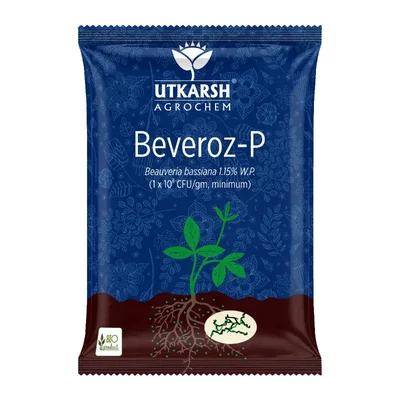- Farm & Garden
- Pumps & Motors
- Food Processing
- Workshop, DIY & MRO
- Lab & Measuring Tools

Brand: Utkarsh
Utkarsh Beveroz-P (Beauveria Bassiana 1.15% W.P. 1 x 10^8 CFU/gm min.) for Plants, Crops, and Home Gardening | 1 Kg(Pack-1 x 1 kg)
SKU: TB-UT-33261-C1-R27 Delivery By: Dec 21 - Dec 23
Delivery By: Dec 21 - Dec 23 




MRP : ₹590 ₹340
42% OFF!
 Delivery By: Dec 21 - Dec 23
Delivery By: Dec 21 - Dec 23 
Easy Return
& Refund
& Refund

Quality
Assurance
Assurance

Trusted
Delivery
Delivery

After Sales
Assistance
Assistance

Buyer
Protection
Protection
₹NaN (Including GST)
MRP :
Get Extra ₹ OFF on Prepaid Orders
QTY :
Short Description
Specifications
Description

Select attribute





